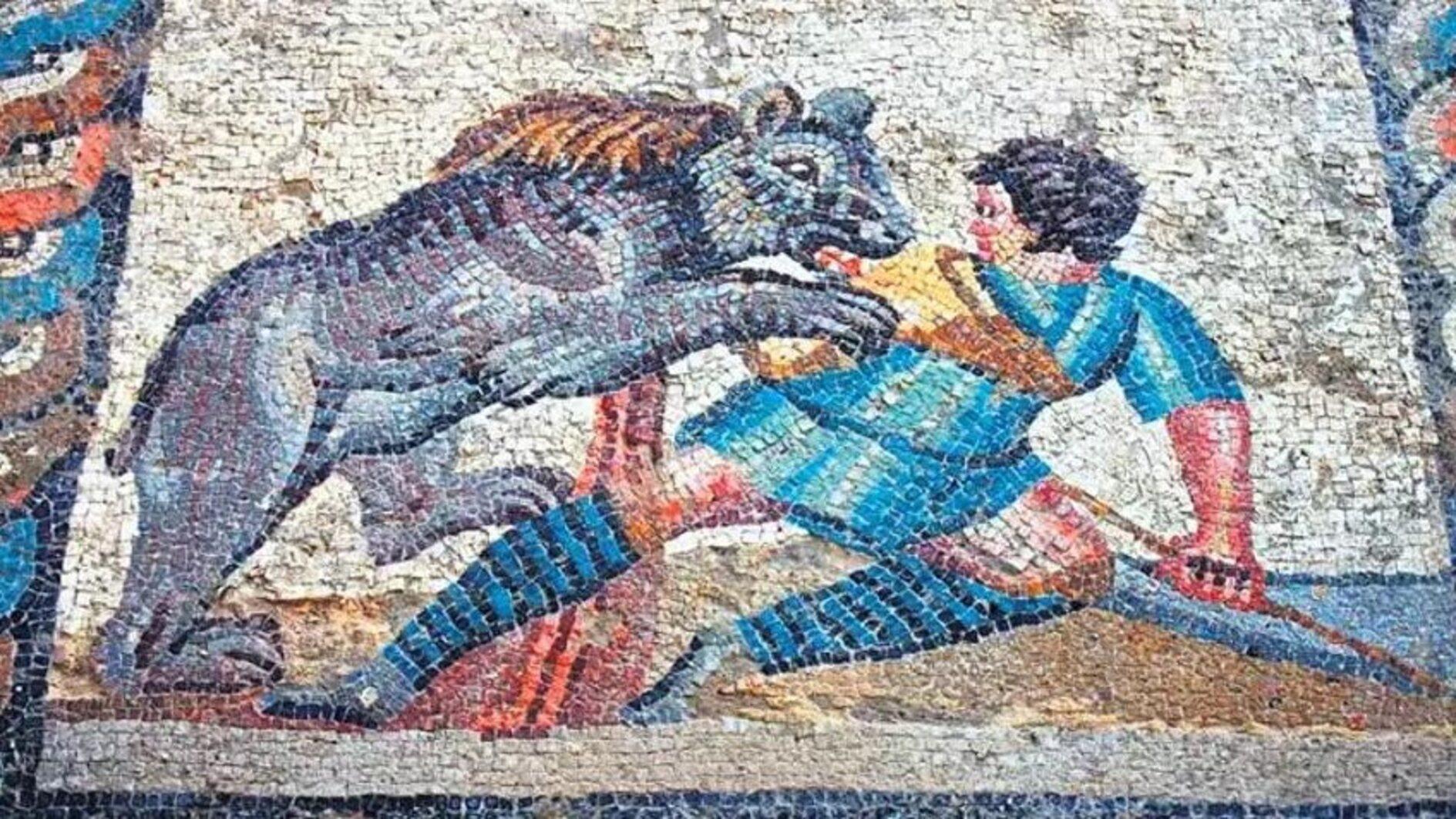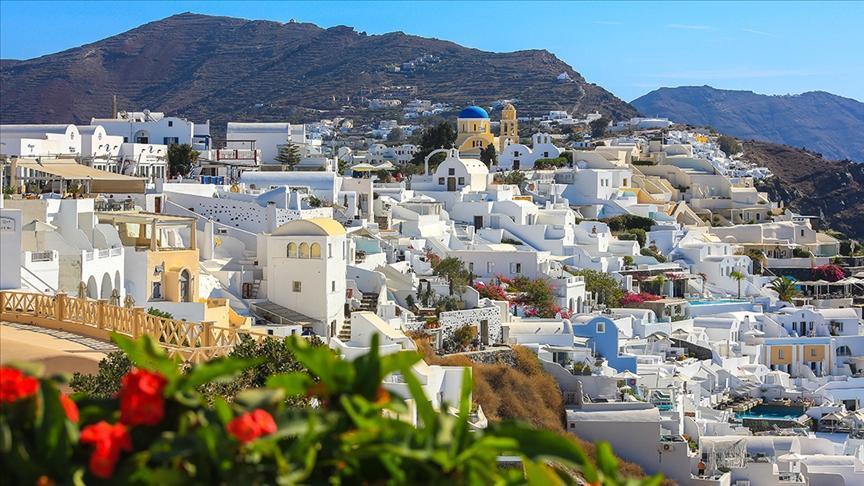Zonguldak's hidden Roman mosaics ‘may boost tourism’
ZONGULDAK

An archaeologist has advocated placing the mosaics found in the northern province of Zonguldak 16 years ago, which are often referred to as the "Zeugma of the Black Sea region," under protection, amid residents' calls to tap into the area's tourism potential.
The mosaics, thought to date back to the Roman Empire era, contain various figures and stand out with their resemblance to the ancient structures coming from the ancient city of Zeugma, in what is near Gaziantep, in present-day southeastern Türkiye.
Zeugma, on the Euphrates River, was first an ancient Greek settlement and later became part of the Roman Empire. It was founded around 300 B.C. by a general of Alexander the Great.
The Zeugma Mosaic Museum, one of the largest mosaic museums in the world that exhibits many important works, notably the "Gypsy Girl" mosaic, opened on Sept. 9, 2011, in Gaziantep and has been attracting many visitors across the world since then.
The structure of such significance, however, has not been taken under preservation since it was discovered in 2008 in Zonguldak despite the continuous warnings and calls from community dwellers, daily Milliyet reported on July 8.
Archaeologist Selahattin Aydın indicated his will to have the mosaics put under protection and turned into a tourist attraction, expressing his concern about the structures becoming corrupted over the years.
“The location is on the road in the Safranbolu and Amasra triangle and easily accessible. Our hypothesis is that this was a wealthy Roman citizen's farmhouse or home in the Ancient City of Filyos,” Aydın said about the background story of the mosaics, adding that they lay there though they are of Zeugma quality.
Remarking that mosaics are special and have the potential to transform into an important historical figure, Aydın said, “However, no work has been done though there were many discussions about various projects. They have been waiting under the sand for years now. They are covered with layers of sand and grass.”
Elaborating on the corruption of the mosaics after years of neglect, he said, “Thousands of cube stones are revealed as mosaics come together. These stones will get wet from underneath if they are not maintained for many years. They then detonate and disintegrate. This is the case here now.”
As a final note, the archaeologist called on the Culture and Tourism Ministry to take precautionary measures and cover the mosaics at the earliest.
The village's headman, Vedat Çıtak, also drew attention to the lack of preservation on the mosaics. “Years have gone by with no action being taken, this needs to change to save these artifacts. If mosaics boost tourism, it will also lead to the development of the village,” Çıtak said, reflecting the village people’s desire to turn the mosaics into a tourist attraction.
















